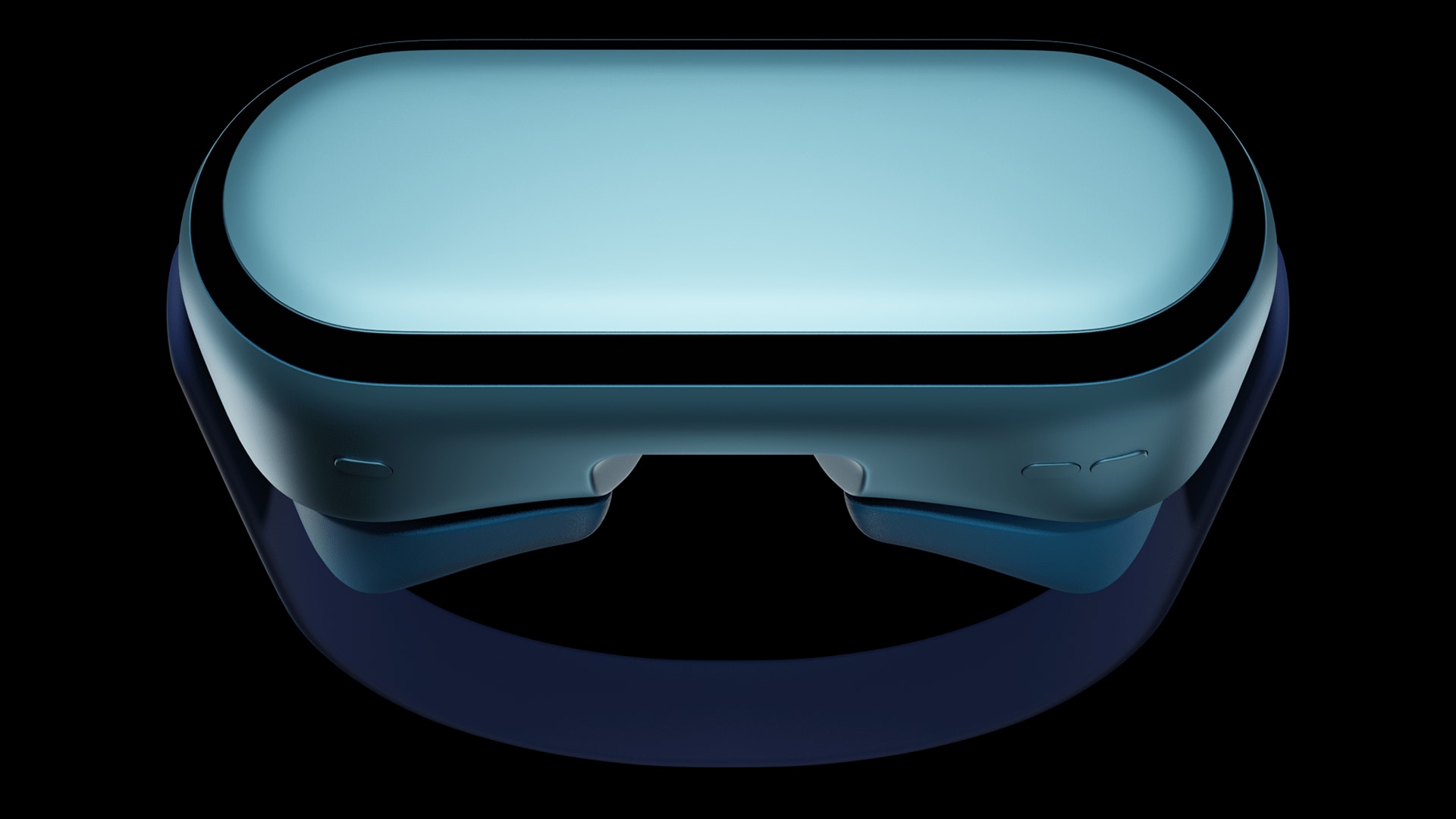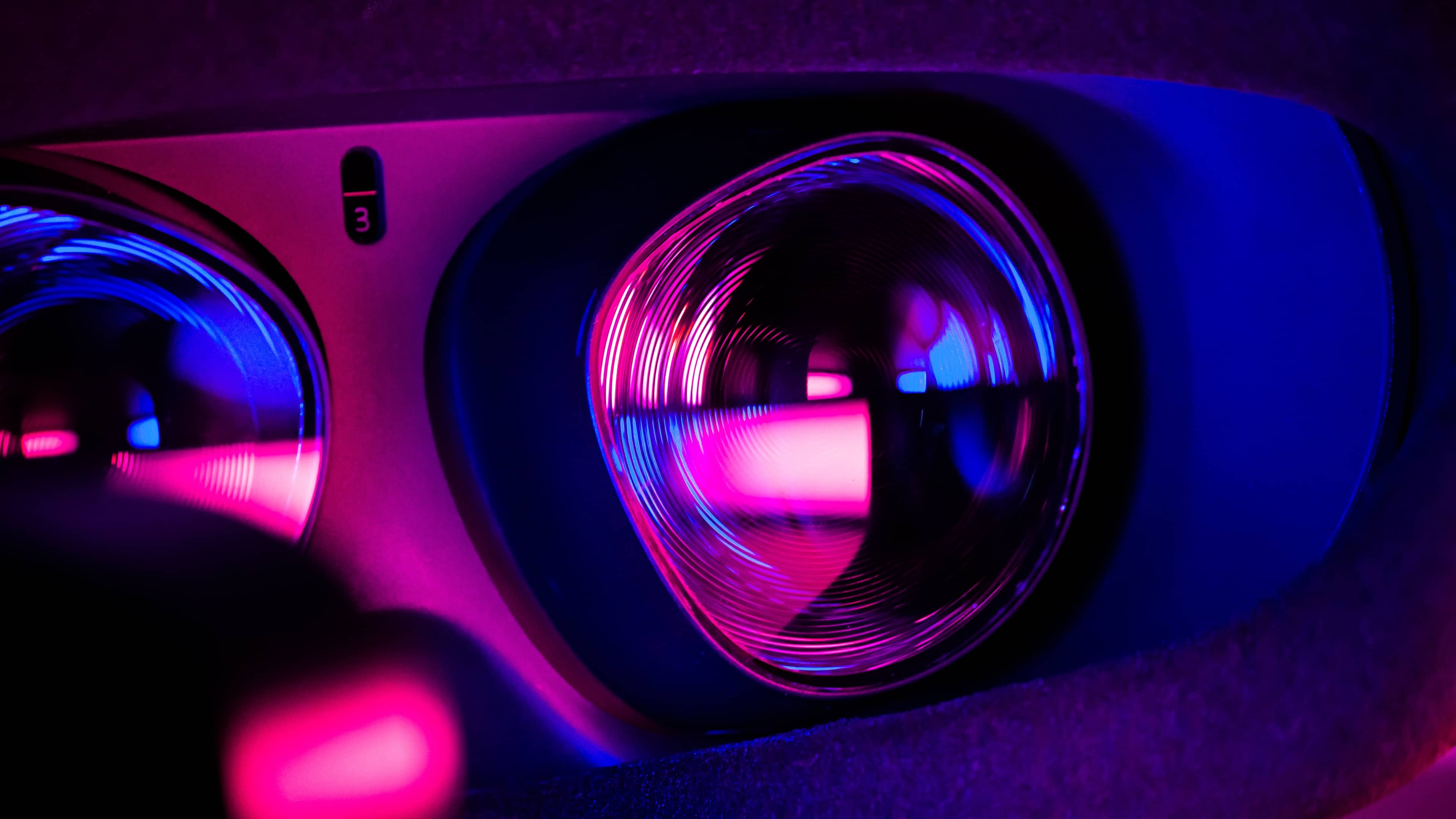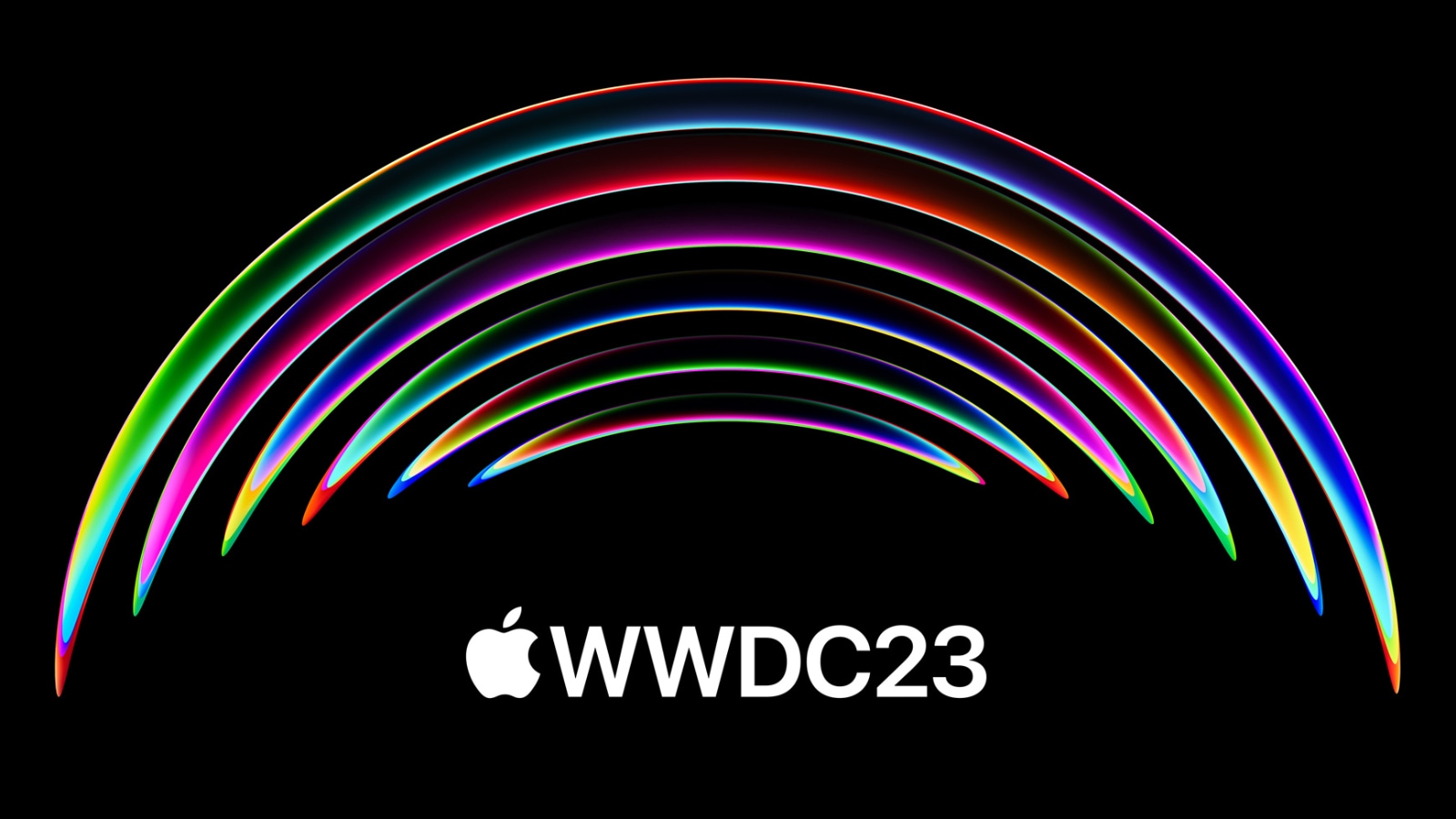Future Apple headsets should fix teething issues that the company’s employees identified and complained about during the testing phase.

Apple is scheduled to broadcast its pre-taped WWDC23 keynote talk later today at 10am PT / 1pm ET. You can follow the broadcast using several methods, including Apple’s website and YouTube. The heavily-rumored headset and the new xrOS software platform powering it are expected to be the main stars of the show.
The Apple headsets: Areas for improvement
Mark Gurman outlined his final expectations for the device in the latest edition of the Power On newsletter on Bloomberg, identifying several areas for improvement.
I expect that future versions will fix problems in the first model—such as nausea complaints, performance hiccups, overheating concerns and a lack of cellular connectivity—and bring down the price.
These complaints came from Apple’s own testers, including executives.
1. VR sickness
Nausea is one of the common symptoms of virtual reality sickness that occurs when the frame rate isn’t sufficiently high. This creates a discord between the eyes and your inner ear, which is also responsible for the balance. Aside from nausea, other symptoms of VR motion sickness may include sweating, vertigo, headaches, loss of balance, disorientation, eye strain and even vomiting.
VR sickness may impact older people more than the young and can last for hours; the good news is that most people overcome the discomfort over time. Generally, you’re advised to limit your VR sessions to a few minutes at a time.
2. Performance hiccups
Apple’s first headset will primarily target developers, so it will pack quite a punch in terms of speeds and feeds. It’s said to be powered by Apple’s custom chips built on TSMC’s 3nm process that should provide a Mac-level performance.

Gurman earlier reported that even those chips need to be more powerful for the kinds of apps and graphics Apple has envisioned. For example, FaceTime in AR will be a one-to-one affair because the headset can’t render multiple people in the same virtual room with the level of sophistication and quality Apple has in mind.
If the current state of technology can’t support Apple’s vision, we may see dropped frames in apps like FaceTime, and that’s a big problem in AR/VR.
3. Overheating concerns

Headset testers allegedly complained about overheating. To reduce weight and keep the headset from overheating, users must wear an external battery pack in their pocket, connected magnetically to the headset via the wire.
4. No cellular connectivity
No one really expected Apple’s first AR/VR headset to offer cellular connectivity. This isn’t a deal breaker, just like the lack of cellular connectivity on the first Apple Watch didn’t kill the product. The primary use case for a headset with cellular connectivity would be wearing it outside, in areas without Wi-Fi connectivity.
One of the use cases Apple reportedly envisioned for the headset includes attending live events like concerts, where cellular connectivity might make sense. Still, I’m not sold on that particular scenario. Gurman said earlier that Apple’s headset might need an iPhone to function, similar to the Apple Watch.
Multiple health warnings
Apple is understood to ensure people are aware of any VR-related issues before buying the headset. The company will allegedly issue multiple health warnings to prospective customers. Gurman claims the health advisory will include motion sickness, anxiety, ear infections, migraine, pacemakers, ADHD/ADD, etc.
The company will reportedly advise would-be shoppers to avoid using the headset if they have “a pacemaker, epilepsy, blackouts/seizures or are pregnant,” Gurman says, adding that people suffering from “Meniere’s disease, past traumatic brain injuries, post-concussion syndrome or migraines” should also avoid the product.
Apple won’t be the first company to warn users about the impact of VR headsets on their health. Other companies issue similar warnings for their AR/VR products, including Meta for its Quest Pro and the Quest 2 AR/VR headsets.
Special demo space
Gurman says Apple has created two demo areas on its campus to demonstrate new hardware to members of the press. One of the demo rooms is inside the Steve Jobs Theater to showcase the new Macs. The other will be a temporary structure by the Apple Park’s basketball court, solely dedicated to controlled headset demos.
You can see the new structures in this recent aerial photo. https://t.co/Bio8jm9aqR https://t.co/xu9gxFF6zS pic.twitter.com/pGqcH6Fodx
— Mark Gurman (@markgurman) June 3, 2023
From the newsletter:
This structure has been under construction for weeks and is quite large. It should allow Apple to show off the headset in a quieter, climate-controlled environment—for a select group that Apple wants to see the headset. The company built a similar structure for the Apple Watch launch in 2014.
We’re also curious how Apple’s advertising department will showcase the headset features in video advertisements. How exactly do you convince the general public not sold on AR/VR headsets that they need a headset from Apple?
An iPhone moment
When Apple unveils and ships the headset, it will be the AR/VR industry’s much-needed iPhone moment.

The iPhone has upended the smartphone industry and started the mobile revolution. The headset won’t be as transformative as the iPhone due to its high price, but Apple will iterate the device relentlessly until it takes off.
Gurman thinks it’ll take 3-4 years for the headset to become an established product. “If anyone can make this product category a success, it’s Apple,” he said.
Earlier, reliable Apple analyst Ming-Chi Kuo claimed that Apple is already working on a pro version of the headset with better hardware and a more affordable model that may use cheaper materials and iPhone-level chips.